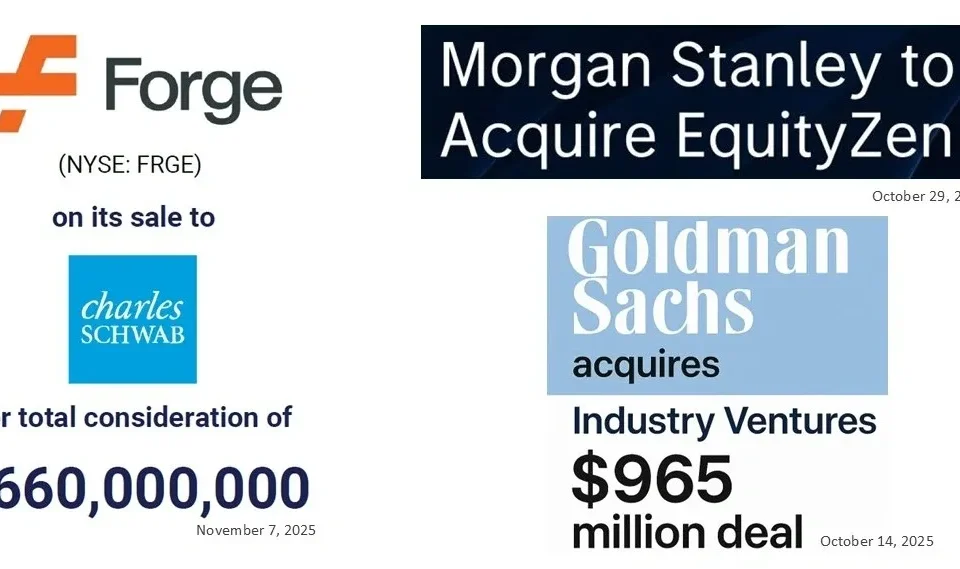
Physical AI: Silicon Valley’s New Frontier
October 6, 2025
Let’s Go Andrew!
October 17, 2025One of the oldest discussions in VC and portfolio theory centers on how many startups to back and how much to invest in each. Some managers adopt a concentrated approach, writing larger checks into a smaller number of companies. Others follow a “spray-and-pray” strategy, spreading smaller checks across many startups to maximize the chance of catching an outlier.
The “Spray and Pray” Approach
This strategy deploys capital across a large number of startups — sometimes 100 or more — with small, low-touch checks and limited follow-on reserves.
Rationale: Startup outcomes follow a power-law distribution: roughly 1–2% of companies generate ~90% of total returns. The objective, therefore, is to maximize shots on goal — since predicting which company will become the outlier is nearly impossible. This approach captures the statistical inevitability of power-law winners.
Y Combinator is the archetype of this model.
The Concentrated Approach
This model focuses on a smaller number of startups, each receiving a larger check and deeper engagement — the philosophy of “venture capital, not venture indexing.”
Rationale: Although outcomes remain power-law distributed, access, conviction, and ownership determine alpha. Top-tier firms aim for significant stakes in their highest-conviction companies, actively supporting them through board participation and strategic guidance.
Most concentrated funds back 20–30 companies per vintage, often reserving capital for multiple follow-on rounds to protect ownership through Series C/D.
Typical Structure: At the portfolio-construction level, a common split is one-third of capital for initial investments and two-thirds for follow-ons, enabling managers to double down on emerging winners.
The Hybrid Approach
Many managers combine both philosophies: they build broad initial exposure to identify early signals of success, then concentrate follow-on capital into the top performers.
This hybrid approach balances diversification with conviction — capturing the upside of discovery while preserving meaningful ownership in breakout companies
Conclusion
Empirical evidence shows that top-quartile fund returns are driven by concentration, not diversification.
In particular, secondary funds — such as Fabrica Ventures — benefit from a concentrated strategy, since outcomes are less stochastic, portfolio companies are already scaling, and information asymmetry is significantly reduced.




